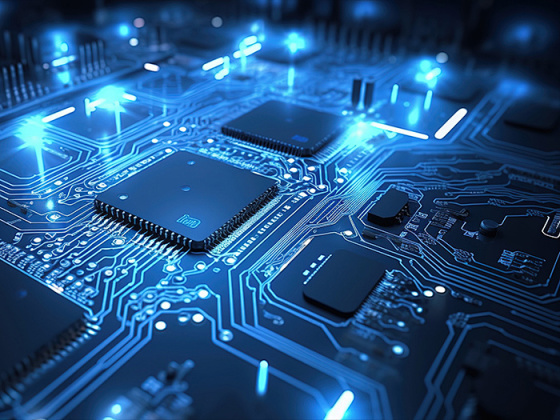The Rise of Flexible PCBs: Shaping the Future of Electronics
May 10,2025

Introduction to Flexible PCBs
Have you ever wondered how our devices get slimmer, lighter, and more efficient? Well, let me tell you, it’s all thanks to the magic of Flexible PCB technology! These incredible circuit boards are not just a trend; they're transforming the electronics landscape.
What Exactly is a Flexible PCB?
Alright, let’s break it down. A Flexible PCB, or Printed Circuit Board, is a type of circuit board that can bend and twist without breaking. Unlike traditional rigid boards that are as stiff as a board (pun intended!), flexible PCBs can conform to various shapes and sizes, making them ideal for compact devices. Talk about versatility!
Why the Hype?
You might be asking, "Why should I care about Flexible PCBs?" Great question! Here are a few reasons why they’re all the rave in the industry:
- Space-Saving: In today's tech world, size matters. Flexible PCBs can fit into tight spaces in devices, allowing manufacturers to create sleeker products.
- Lightweight: These boards are typically lighter than their rigid counterparts. Less weight means more portability, which is a huge plus!
- Improved Durability: Flexible PCBs can withstand bending and twisting, making them more durable and less prone to damage.
Industry Trends Involving Flexible PCBs
Let’s dive into some of the latest trends in the industry! Buckle up, folks, because this is where it gets interesting.
Wearable Technology
With the surge of wearable devices, Flexible PCBs have found their niche. From smartwatches to fitness trackers, these boards make it possible for devices to be both functional and fashionable. Who knew tech could look so good?
Healthcare Revolution
Flexible PCBs are making waves in the medical field too! With the rise of portable diagnostic devices and implantable technologies, flexible boards are playing a key role in improving patient care. Talk about life-saving innovations!
Challenges in the Flexible PCB Market
But hey, it’s not all sunshine and rainbows. The Flexible PCB market does face some challenges:
- Manufacturing Costs: Producing flexible PCBs can be more expensive than traditional boards due to advanced materials and processes.
- Technical Limitations: While technology is advancing, there are still limitations in terms of complexity and the number of layers that can be achieved.
The Future is Bright
Despite the hurdles, the future of Flexible PCBs looks promising! As technology evolves, we can expect to see even more innovative applications. From automotive to aerospace, the potential is limitless!
Conclusion: Embracing Flexibility
In conclusion, Flexible PCBs are not just a passing fad; they’re here to stay. As the electronics industry continues to grow and innovate, these adaptable boards will play a crucial role in shaping the devices of tomorrow. So, keep an eye on this exciting trend; you won’t want to miss out!
Contact Us
E-mail :
shirley@threestar.com.tw
E-mail :
joyce@threestar.com.tw
E-mail :
johnhan@threestar.com.tw


